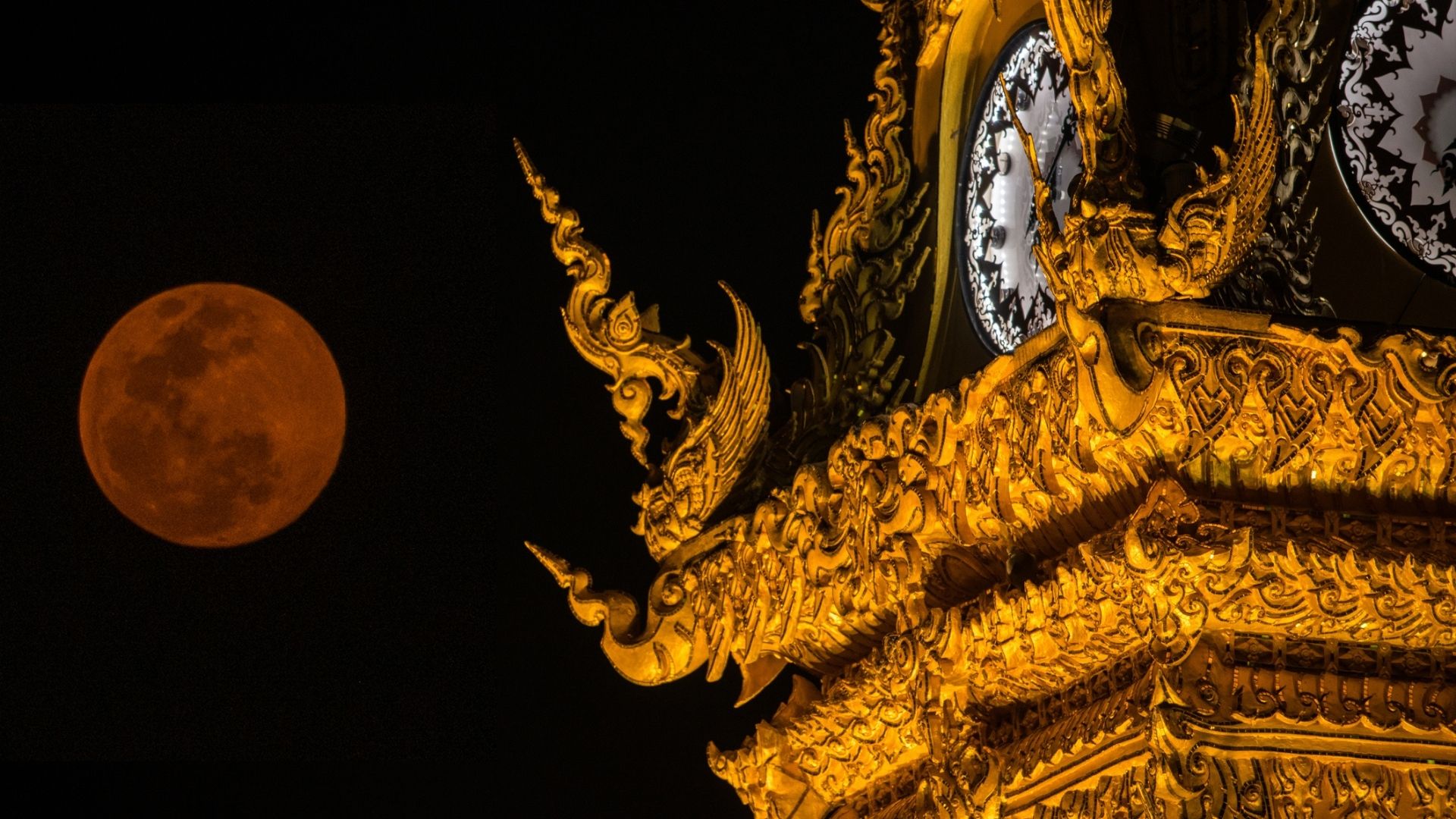The Most and Least Stressed States of 2010
Many Americans are stressed out, it seems, but some states are more frazzled than others, according to a survey by Gallup-Healthways Well-Being Index.
The results are based on telephone interviews conducted as Jan. 1-Dec. 31, 2010, with a random sample of 352,840 adults, ages 18 and older, living in all 50 U.S. states and the District of Columbia.
Here are the results listed from least to most stressed and the percent of residents who said they had experienced stress a lot of the prior day:
- Hawaii: 30.2 percent
- Wyoming: 34.4 percent
- North Dakota: 34.6 percent
- South Dakota: 35.5 percent
- District of Columbia: 36.7 percent
- Iowa: 37.7
- Georgia: 37.7
- Delaware: 37.9
- Louisiana: 38.0
- Nebraska: 38.1
- Wisconsin: 38.1
- Alaska: 38.3
- Minnesota: 38.6
- Texas: 38.7
- South Carolina: 38.8
- Kansas: 38.9
- Florida: 38.9
- Vermont: 39.0
- Pennsylvania: 39.2
- Arizona: 39.2
- New Mexico: 39.2
- Illinois: 39.3
- Maryland: 39.3
- California: 39.4
- Montana: 39.5
- Oklahoma: 39.5
- Alabama: 39.6
- Colorado: 39.6
- Arkansas: 39.6
- Mississippi: 39.7
- Virginia: 39.7
- New York: 39.8
- Missouri: 39.9
- Maine: 39.9
- New Jersey: 40.0
- Indiana: 40.2
- Tennessee: 40.3
- Michigan: 40.3
- Connecticut: 40.4
- North Carolina: 40.4
- Washington: 40.9
- Rhode Island: 41.0
- New Hampshire: 41.1
- Nevada: 41.2
- Ohio: 41.9
- Oregon: 42.3
- Massachusetts: 42.6
- Idaho: 43.0
- West Virginia: 43.6
- Kentucky: 44.9
- Utah: 45.1
Follow LiveScience for the latest in science news and discoveries on Twitter @livescience and on Facebook.
Get the world’s most fascinating discoveries delivered straight to your inbox.
Jeanna Bryner is managing editor of Scientific American. Previously she was editor in chief of Live Science and, prior to that, an editor at Scholastic's Science World magazine. Bryner has an English degree from Salisbury University, a master's degree in biogeochemistry and environmental sciences from the University of Maryland and a graduate science journalism degree from New York University. She has worked as a biologist in Florida, where she monitored wetlands and did field surveys for endangered species, including the gorgeous Florida Scrub Jay. She also received an ocean sciences journalism fellowship from the Woods Hole Oceanographic Institution. She is a firm believer that science is for everyone and that just about everything can be viewed through the lens of science.
 Live Science Plus
Live Science Plus





